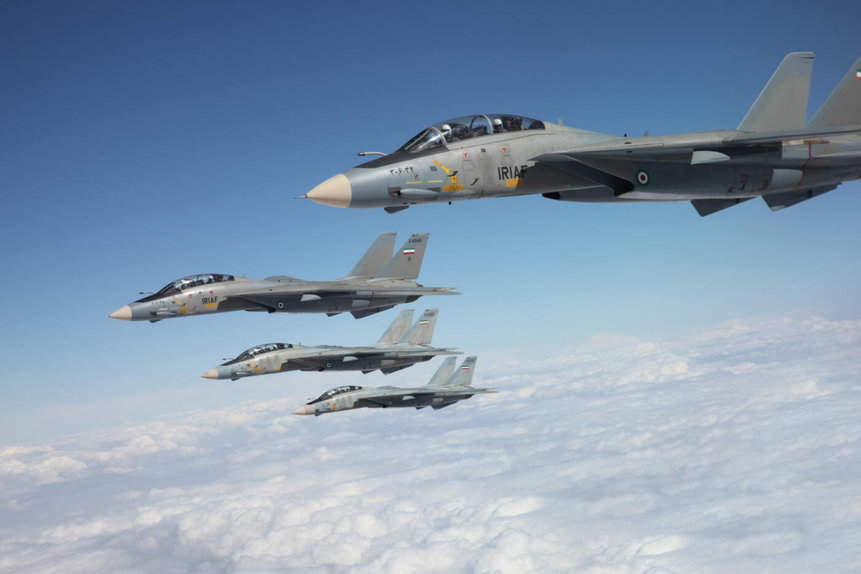Iran is among the most powerful countries in its region, in addition to being a concern for the United States and its allies in the Middle East, especially Israel. Although it suffered a series of embargoes after the 1979 Islamic Revolution, the country managed to maintain the operation of its air force, whose combat resources are, for the most part, of American origin.
The number of planes lost in accidents and in the attritional conflict with neighboring Iraq also did not help the current numbers one bit. Today, the Air Force of the Islamic Republic of Iran (IRIAF) relies on obsolete aircraft in its fighter aviation.
Let's see which and how many fighter planes the IRIAF has in its fleet.
Grumman F-14A Tomcat
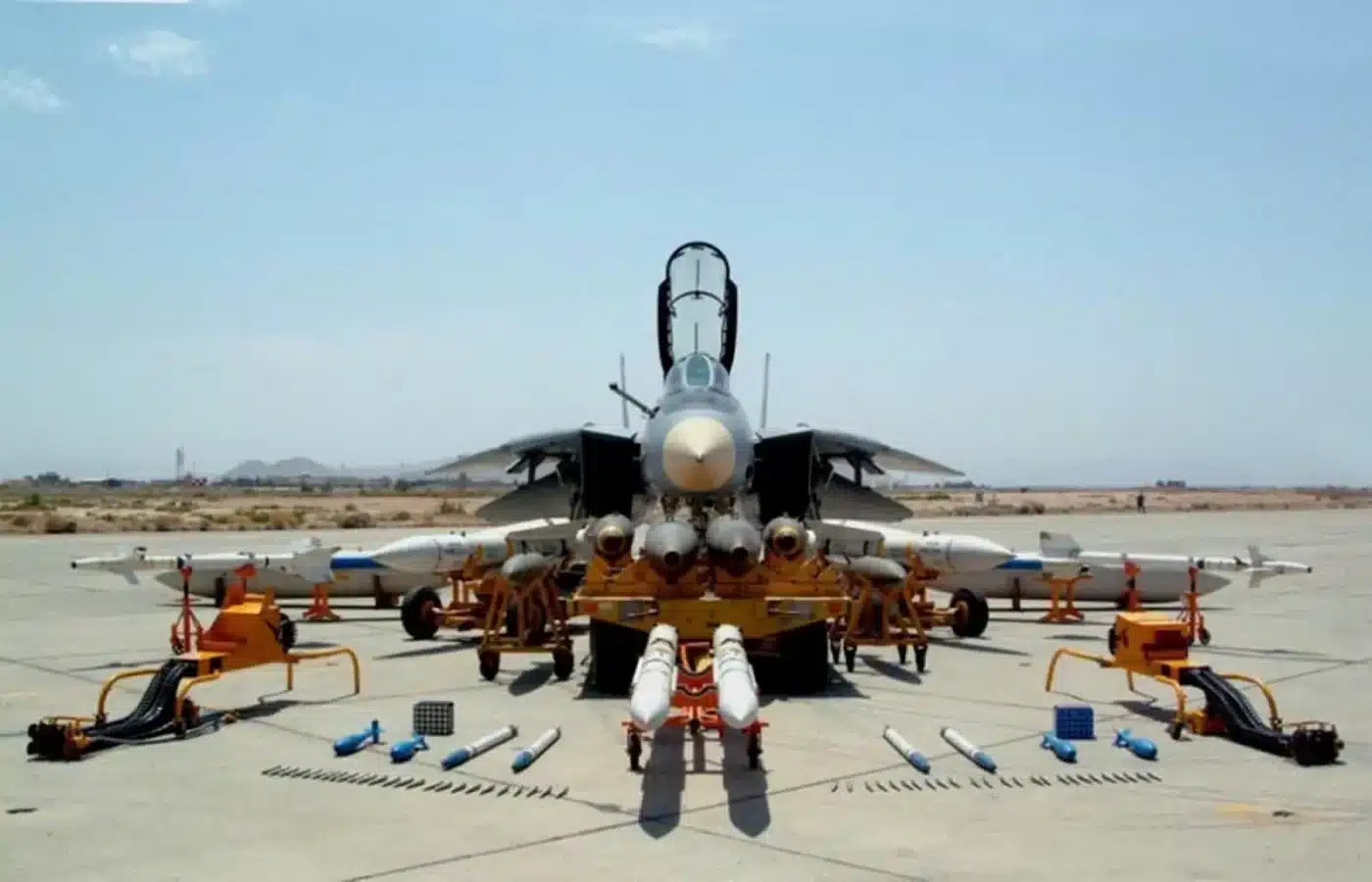
Total: 41 aircraft.
Os F-14 Tomcat are among the most powerful fighter jets in Iran. In all, 80 units were acquired during the government of Shah Reza Pahlavi, but only 79 were delivered. The last plane was stranded in the United States after the Islamic Revolution.
Today, of the 79 fighters delivered, only 41 remain in service. Even with the embargo, the Iranians were able to keep some planes in service, as well as bring others back to operational status.
Iran claims that some Tomcats have been upgraded to the F-14AM standard with help from Russia. However, details of the upgrade were not revealed.
McDonnell Douglas F-4 Phantom II
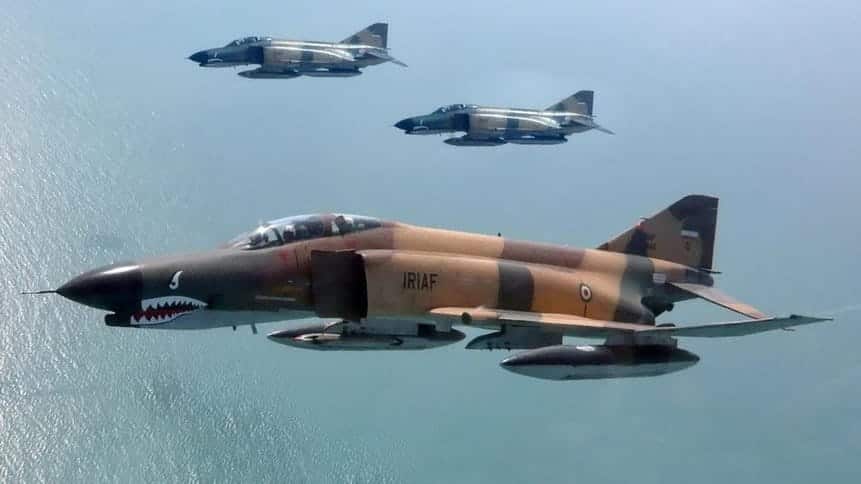
Total: 63 aircraft
The Phantom is one of the most classic fighter planes of all time. However, they are the oldest fighters in service not only in Iran, but also in three other countries where the veteran still flies.
About 225 F-4 fighters of the D, E and RF-4E reconnaissance variants were sold to Iran, at a time when the Persian giant was not an enemy of Washington.
Most of these aircraft were shot down during the Iran-Iraq War, with a considerable portion lost in accidents. Today, around 63 aircraft remain in service, with some having received minor upgrades. Iran is also the only country that still operates the F-4D variant.
Northrop F-5E/F Tiger II and HESA Saeqeh
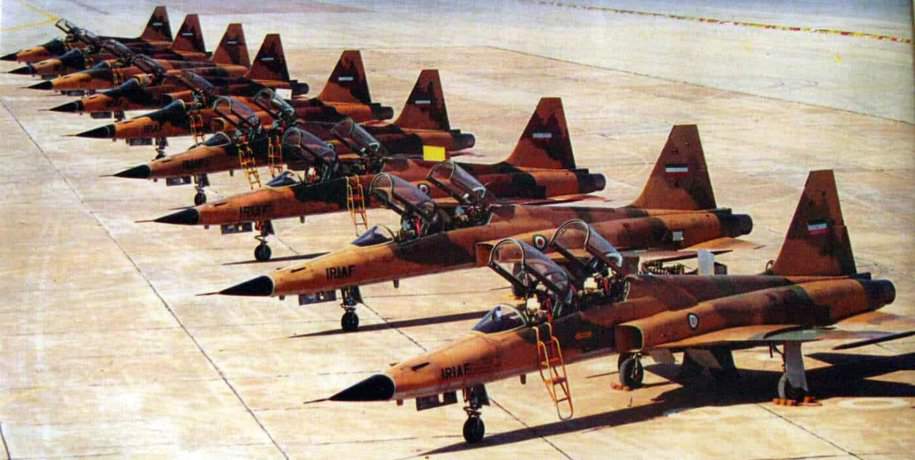
Total: 35 aircraft
Iran acquired both the newer F-5A/B Freedom Fighters and the newer F-5E/F Tiger IIs. While the A/B have already been retired, the Tigers are still in service. Iran received 166 F-5E and F-5F fighters, delivered from 1974 onwards. As well as the F-4s, a good number of the F-5s were lost in combat, but the little Tiger is still an important asset for the IRIAF .
Around 35 of these fighters remain in service, however, some of these are a little different. It is estimated that nine aircraft are HESA Saeqeh, a version modified and modernized by Iran itself. The most striking detail are the two vertical stabilizers, which supposedly provide more agility to the F-5.
Unfortunately, little is known about the upgrade work on the Iranian F-5s, and even less about the real aerodynamic differences between the Saeqeh and the “original Tiger”.
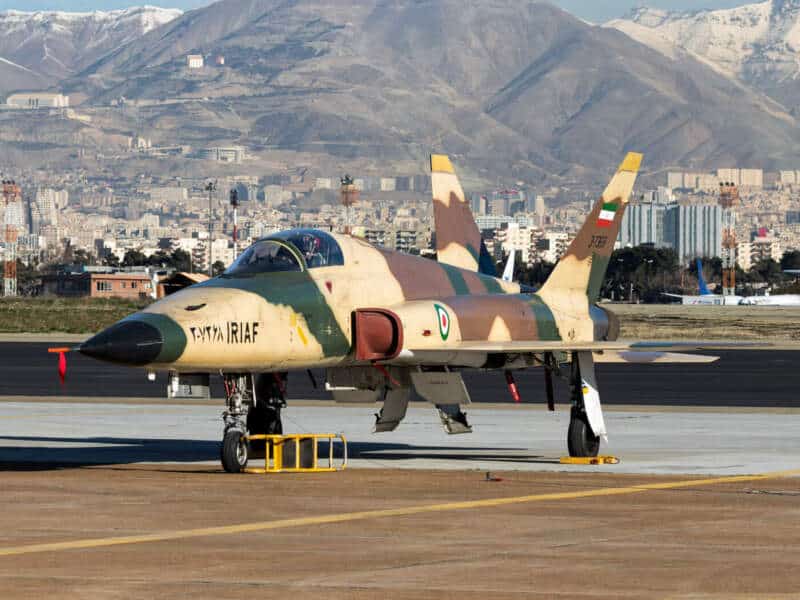
Sukhoi Su-24MK Fencer-D
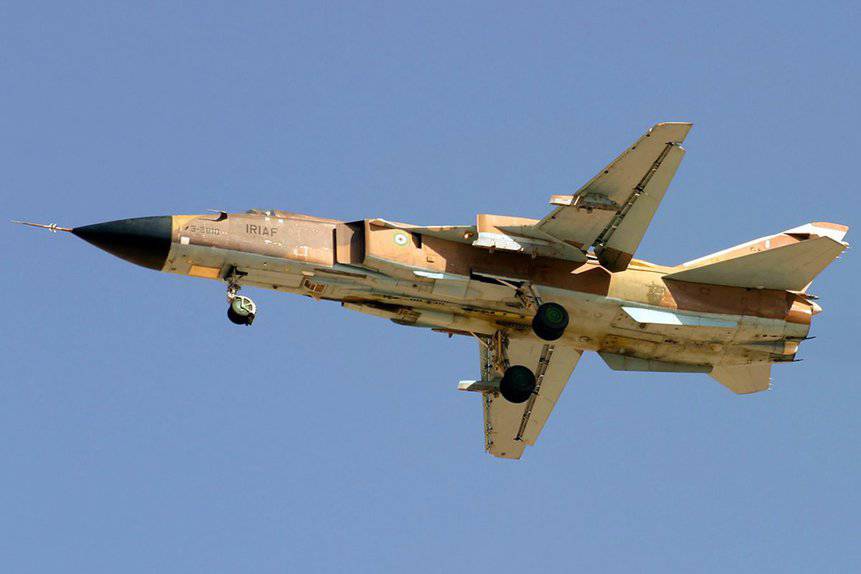
Total: 23 aircraft
One most used fighter planes in the world, the Fencer is also present in Iran. In 1991, 24 Su-24 ground attack jets arrived in the country, coming from Iraq, fleeing Operation Desert Storm. The planes were incorporated into the IRIAF fleet.
After the Iraqi Su-24s, around 6 to 12 aircraft were also obtained from Russia and other former member states of the former Soviet Union. 23 Fencers are in operation with the IRIAF.
In 2011, General Mohammad Alavi, Deputy Commander of the Iranian Air Force, stated that the IRIAF had tested locally produced anti-radar missiles on Su-24 aircraft.
Mikoyan MiG-29 Fulcrum
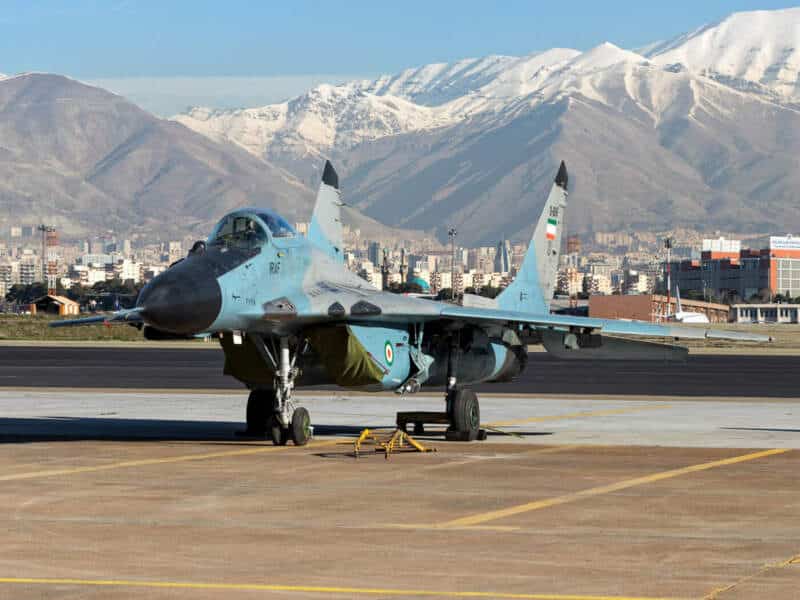
Total: 19 aircraft
The first MiG-29s acquired by Iran arrived in June 1990. Tehran acquired 18 fighters from the then Soviet Union and the following year, the IRIAF received four more fighters, which fled to the country due to Operation Desert Storm.
Currently, the aircraft are operated in two squadrons responsible for the air defense of the Iranian capital. As weapons, Iran's MiG-29s employ the GSh-30-1 cannon and the R-27 and R-73 missiles.
Dassault Mirage F-1EQ/BQ
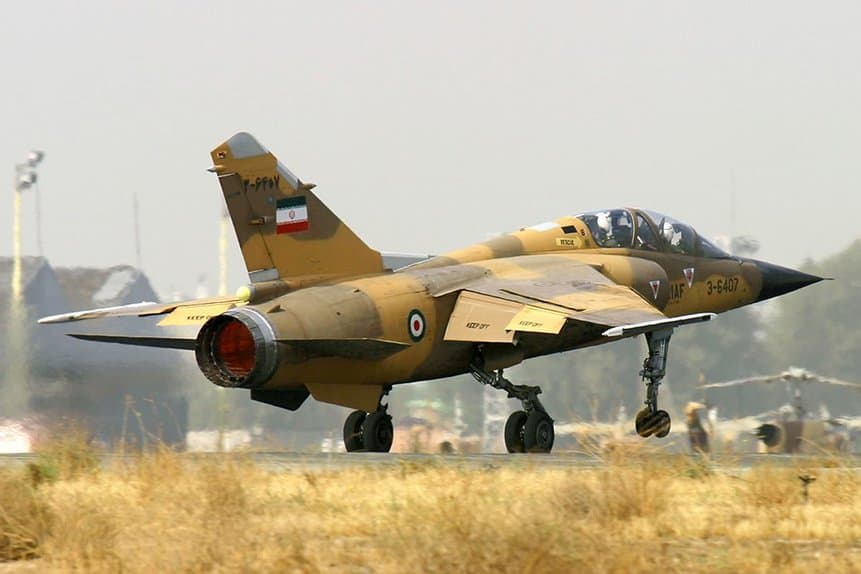
Total: 17 aircraft
Like the MiG-29 and Su-24, the French Mirage F-1EQ and F-1BQ also fled Iraq and arrived in Iran as a result of the Gulf War.
Ironically, Mirage F-1s were extensively used against the IRIAF during the war between the two countries. The French Mirages were the only fighters that offered a real threat to the fearsome F-14s, having even shot down some of these planes.
Prior to the conflict with the US and the Coalition, Iraq had 88 Mirage F-1s of EQ and BQ variants. Of these, 24 were taken to Iran, being incorporated into the IRIAF fleet, where they remain in service to this day. The remaining aircraft were destroyed or damaged.
Chengdu F-7N/FT-7N Airguard
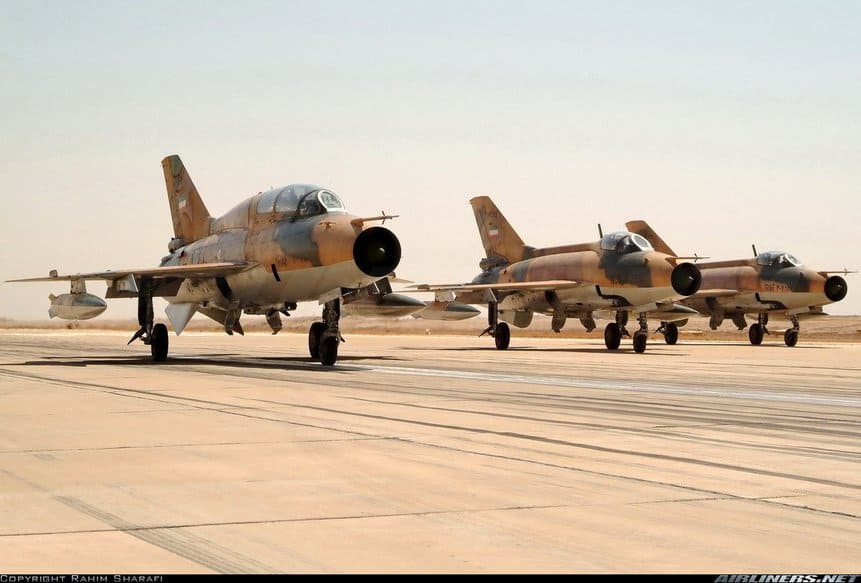
Total: 18 aircraft
In the mid-1980s, Tehran acquired 20 Chinese F-7N and FT-7N Airguard fighters, an export variant of the Chengdu J-7 (a Chinese version of the MiG-21F-13). Due to the embargoes, China was reluctant to sell the jets, as at the time Beijing and Washington were also trying to get closer. The plan, however, fell apart after the Tiananmen Square Massacre.
Today, 18 of the 20 fighters remain in service. The F-7s were limited to a more secondary service, especially as they were obsolete aircraft with already well-used cells.
Sources: World Air Forces 2021 – Flightglobal, The World Directory of Modern Military Aircraft
Do you want to receive our news firsthand? Click Here and be part of our Group on Whatsapp or Telegram.

